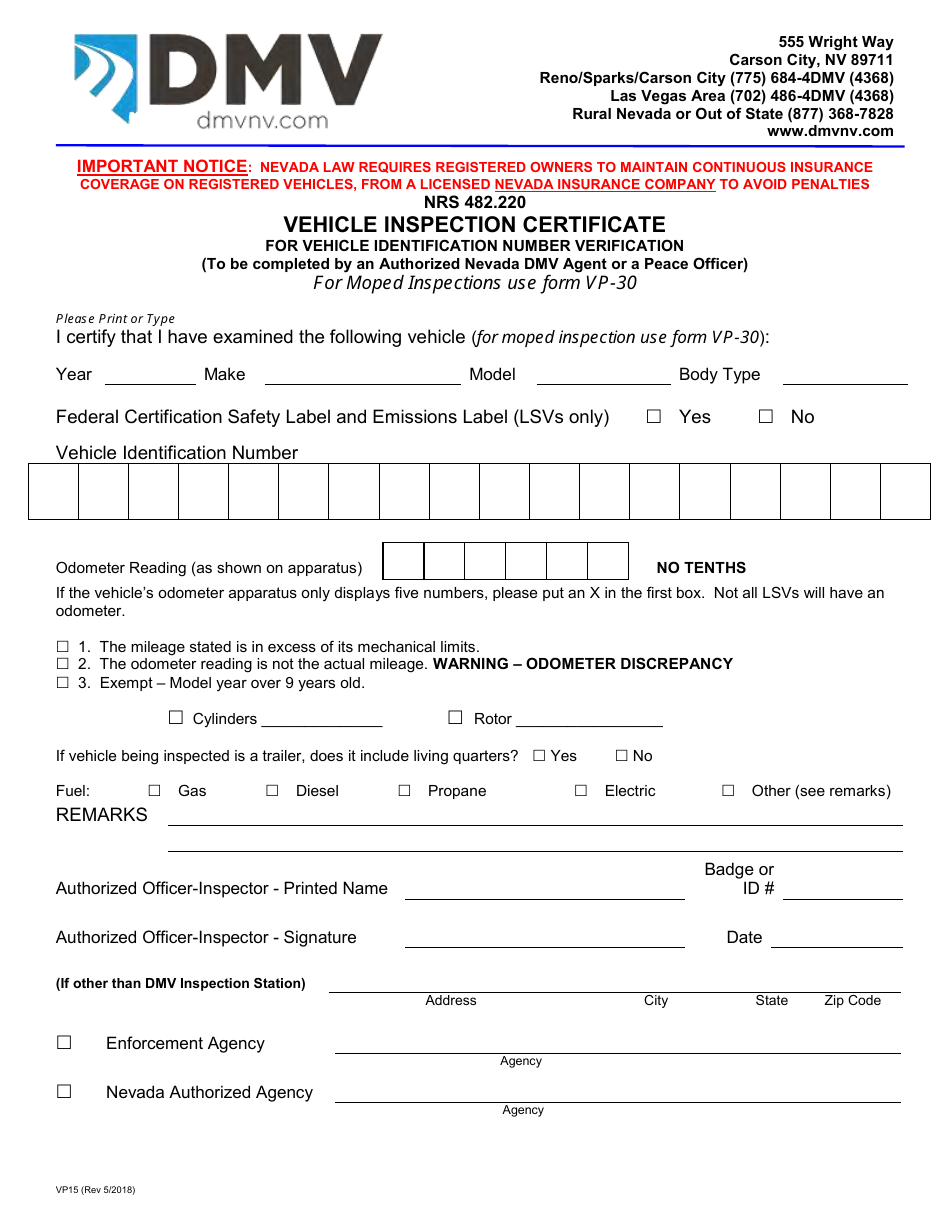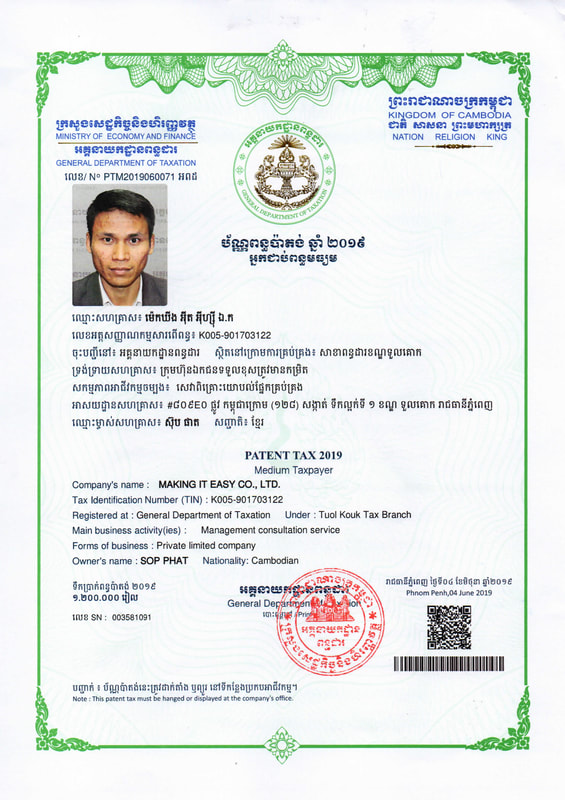
These include:Ī cover page is the first insight into what the legal document is about. Legal documents have a standard set of parts, each of which serves a particular purpose.
Affidavits, the statements made under oath that attest a fact is accurate to the best of that person’s knowledge. Briefs, which are the arguments outlining why someone filing with the courts should win their case. Pleadings, when parties submit their claims and defenses at the commencement of a lawsuit. Instruments, such as a will or deed, that legally grant rights. Legal documents range in purpose and content, but some common types are: Adjust and test until you are satisfied with the results.įor further help or feedback, please see the Laserfiche Support Site. For the best results, add a custom sample image before testing. Optional: To preview how this enhancement will affect scanned images and OCRed or extracted text, test processes. A common use of the increment interval is to always assign an odd or even Bates number by setting the starting value to an odd or even number and setting the increment interval of 2. Examples: A starting number of 5 and an increment interval of 10 would produce the following results: 5, 15, 25, 35, etc. Increment: The increment interval determines the amount by which each Bates number will be incremented. You can assign each page a unique value by appending the Page token to the Bates Number token. If you increment the Bates number by document, only the batesnumbering_ latest token will be available. Document: The Bates count will increment for each document that is processed in the document class. These tokens can be assigned to document names or fields to facilitate searching by Bates number. (The term batesnumbering represents the name of the Bates Numbering process). If you choose to increment the Bates number per page, the Bates Numbering process will provide two tokens: batesnumbering_first and batesnumbering_latest, which refer to the numbers assigned to the first and last pages of the document. A unique Bates number will be assigned to each page. Page: The Bates count will increment for each page that is processed in the document class. Numbering Style: This option determines whether the Bates number will increment with each new document or each new page. Example: The format "abcdef" and a current count value of 98 would result in the Bates number of abc0098def being applied to the first document scanned in the document class. When you save the session, this number will be updated to correspond with the current Bates count. Current count: This number will replace the Bates count notation (i.e., ) specified in the Format option for the first document scanned in the document class. The Bates number can also be configured to contain data before or after the Bates count by placing that information outside the brackets. 
Format: The number of digits in the Bates count is specified by number signs within brackets-one number sign per required digit.Format: The Bates count, any additional data, and the starting count number can all be customized.

Under More Options, you can select Wizard to display more information about each property or Skip Wizard to display the properties all at once without additional information.

In the Tasks Pane, select Bates Numbering.In the Session Configuration Pane, select the stage of processing where you want to use Bates Numbering.He stores the Bates Number in a field for each document so he can easily search for the document in Laserfiche. He configures Bates Numbering for his session so that each document scanned will have a unique number for easy reference. The Bates number can also be used to populate a field, determine the document name, or determine where the document will be stored.Įxample: Dennis needs to scan extensive documentation relating to a legal case so that it will be archived and searchable in Laserfiche. If you permanently stamp each document with a Bates number before using OCR, the numbers will be OCRed along with the rest of the document and will therefore be searchable in Laserfiche. This Bates number can then be used by the Permanent Stamp process to mark each page. Bates Numbering is often used in the legal field, as well as in other industries. The Bates Numbering process generates sequential numbers known as Bates numbers for documents or pages. Note: This process requires the purchase of a Quick Fields add-on.







 0 kommentar(er)
0 kommentar(er)
